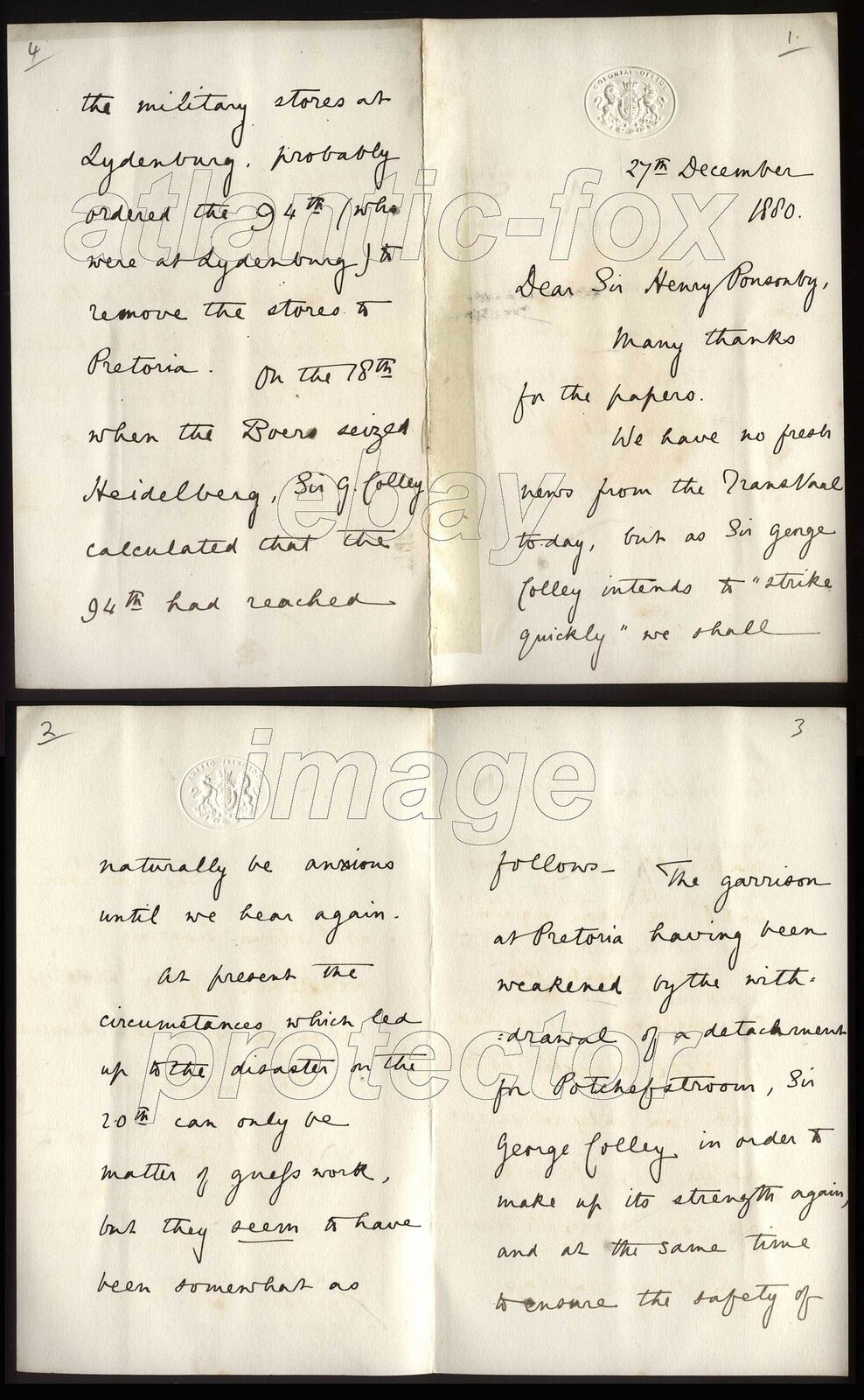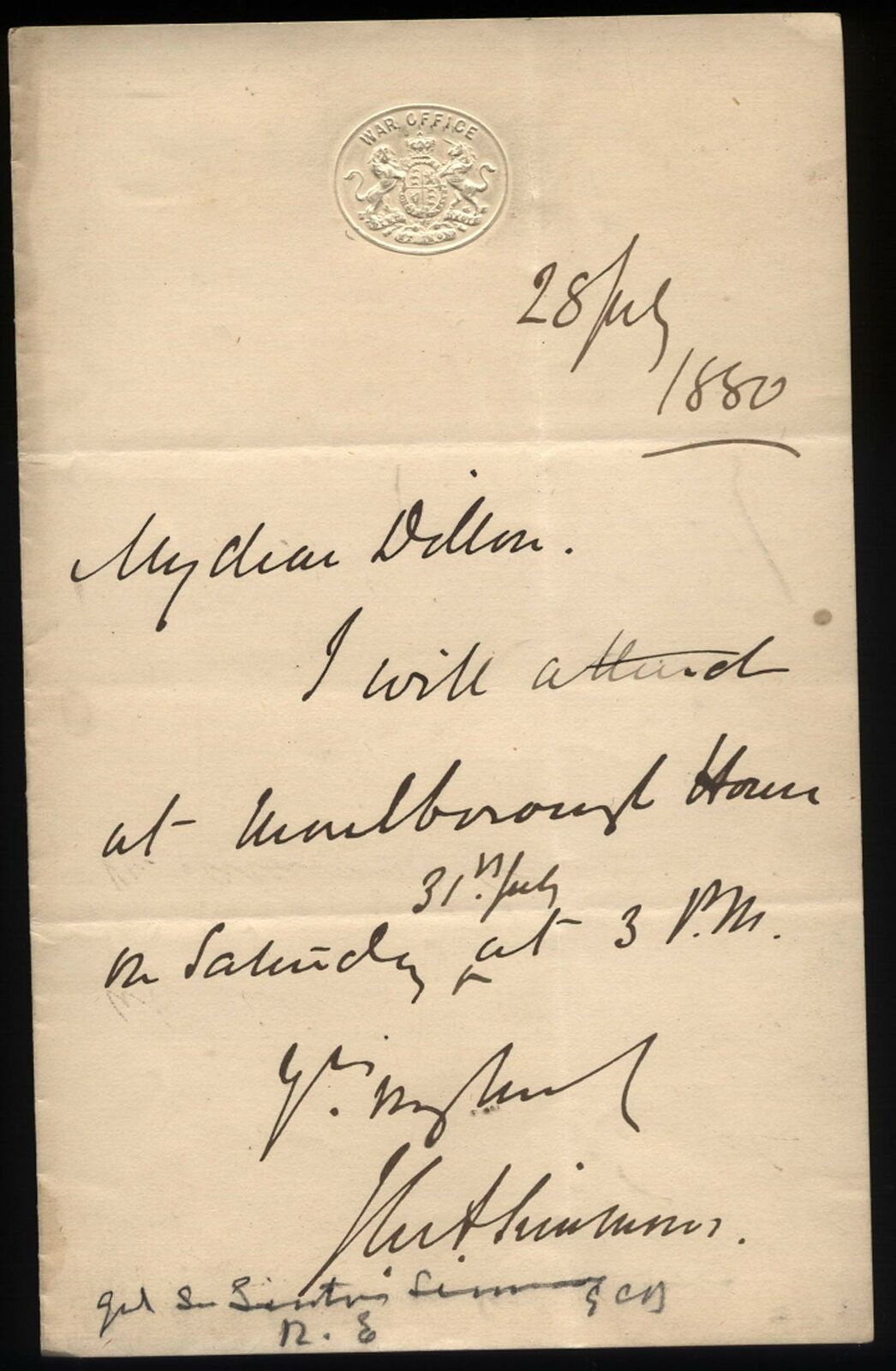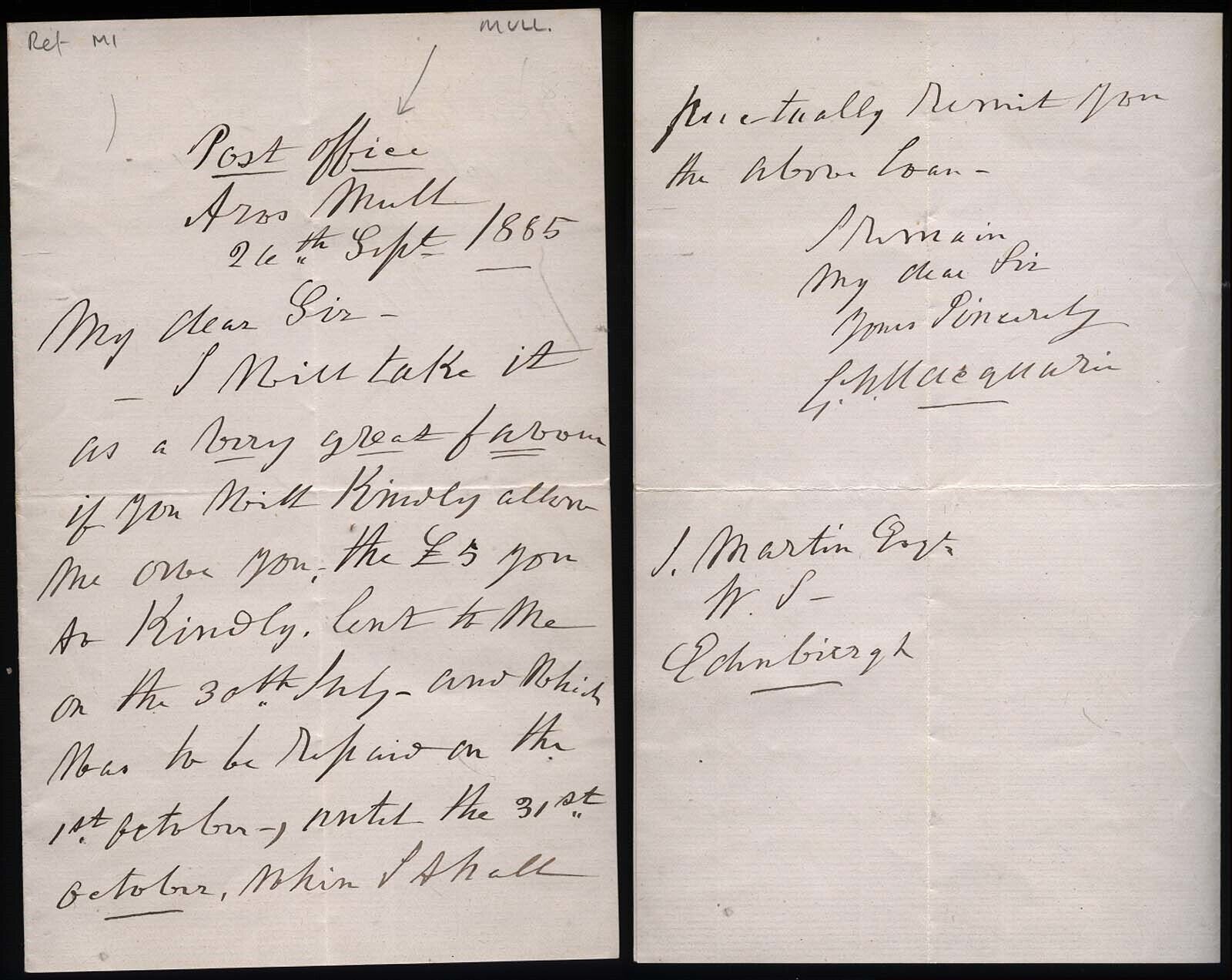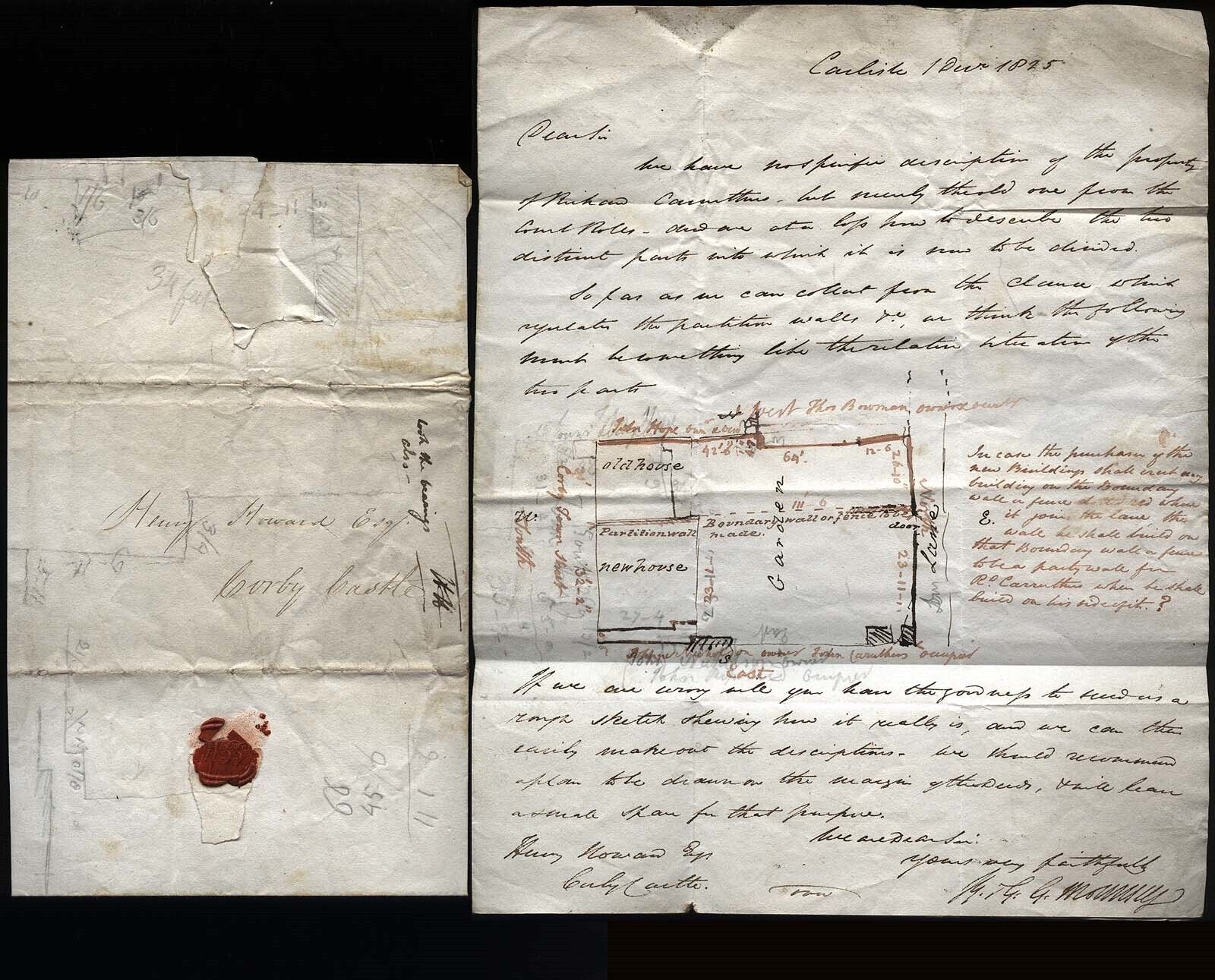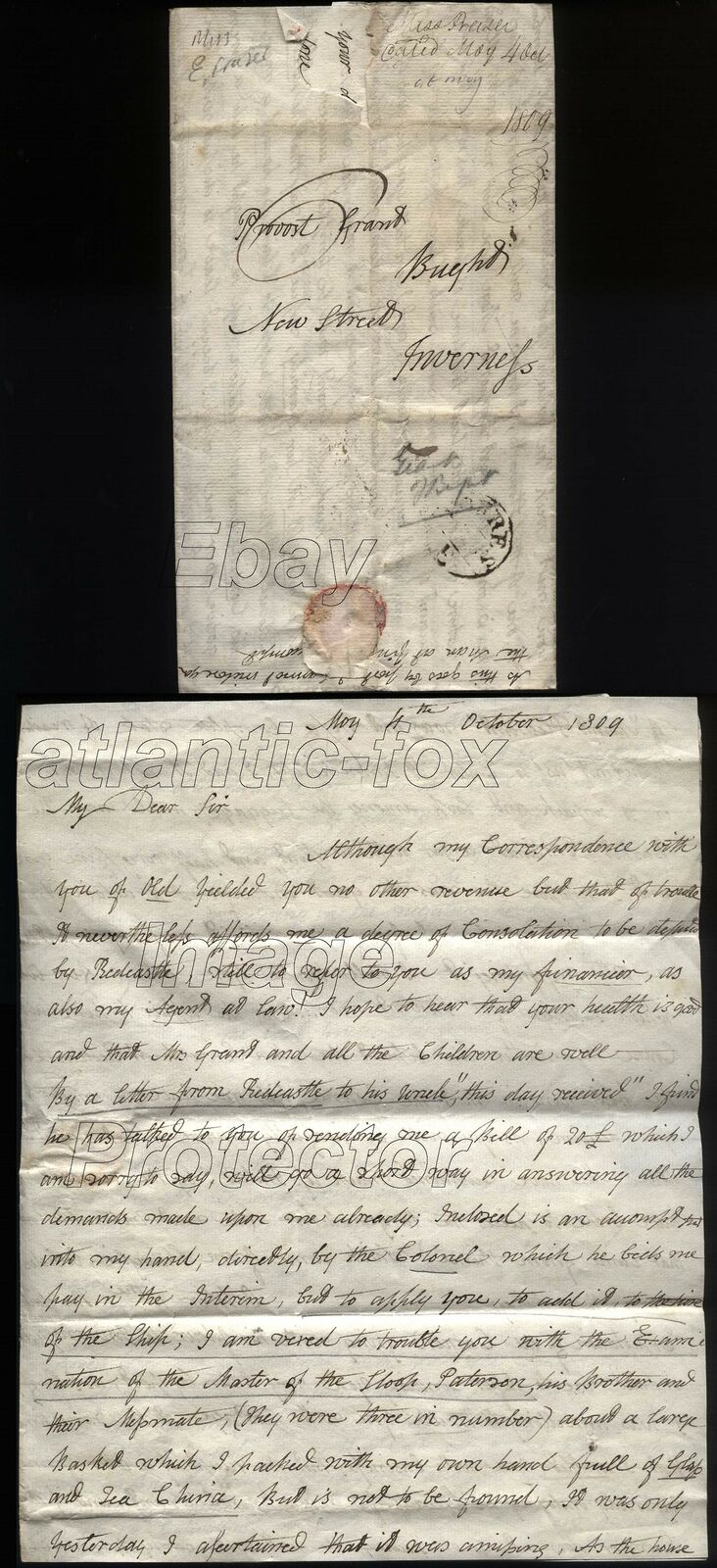-40%
1880 1st BOER WAR Colonial Office, Robert Bickersteth to Sir Henry Ponsonby
$ 639.83
- Description
- Size Guide
Description
1880 1st BOER WAR Colonial Office, Robert Bickersteth to Sir Henry PonsonbyThis product data sheet is originally written in English.
1880 1st BOER WAR, Colonial Office, dated 27th December, Robert Bickersteth to Sir Henry Ponsonby, Queen Victoria's Private Secretary, with amazing 8 page letter regarding information received of the start of the 1st Anglo-Boer War, when The Boers revolted on 16 December 1880 and took action at Bronkhorstspruit against a British column of the 94th Foot who were returning to reinforce Pretoria.
Robert Bickersteth (24 June 1847 – 10 July 1916) was an English administrator and Liberal politician.
Bickersteth was the son of Robert Bickersteth, Bishop of Ripon, and his wife, Elizabeth Garde of Co. Cork. He was educated at Eton, and at Corpus Christi College, Oxford (B.A. 1869). He was an inspector of factories between 1873 and 1880. From 1880 to 1885, he was private secretary to Lord Kimberly who was Secretary of State for the Colonies from 1880 to 1882, and Secretary of State for India from 1882 to 1885. He was a major in the Middlesex Yeomanry Cavalry.
In the 1885 general election, Bickersteth was elected Member of Parliament for NEWPORT, Shropshire. He contested Leicester in the 1886 general election as a Liberal Unionist, but lost.[3] He was an unpaid Secretary at India Office from February 1886.
Bickersteth married Lady Lavinia Louisa Bertie daughter of Montagu Bertie, 6th Earl of Abingdon in 1883
The First Boer War (Afrikaans: Eerste Vryheidsoorlog, literally "First Freedom War"), 1880-1881, also known as the First Anglo-Boer War
,
the Transvaal War or the Transvaal Rebellion, was a war fought from 16 December 1880 until 23 March 1881 between the United Kingdom and Boers of the Transvaal (as the South African Republic was known while under British administration).[1] The war resulted in a Boer victory and eventual independence of the South African Republic.
Background
In the 19th century a series of events occurred in the southern part of the African continent, with the British from time to time attempting to set up a single unified state there, while at other times wanting to control less territory. Three prime factors fuelled British expansion into Southern Africa:
the desire to control the trade routes to India that passed around the Cape of Good Hope the discovery in 1868 of huge mineral deposits of diamonds around Kimberley on the joint borders of the South African Republic (called the Transvaal by the British), the Orange Free State and the Cape Colony, and thereafter in 1886 in the Transvaal gold rush the race against other European colonial powers, as part of a general European colonial expansion in Africa Other potential colonisers included:
the Portuguese Empire, which already controlled Portuguese Angola (modern-day Angola) in the west of Central Africa and Portuguese East Africa (modern-day Mozambique) in East Africa, as well as Portuguese Guinea and Cape Verde in West Africa the German Empire, which came to control the area in Southern Africa which in 1884 would become German South West Africa (modern-day Namibia), and would also hold German East Africa (today the mainland of Tanzania), Kamerun (present-day Cameroon) and Togo, both in West Africa further north, King Leopold II of Belgium, who controlled an area in Central Africa which in 1885 would become the Congo Free State (modern day Democratic Republic of the Congo) the French Third Republic, which was in the process of conquering the Merina Kingdom (modern-day Madagascar) and which was pursuing the areas which in 1895 and in 1910 would become French West Africa and French Equatorial Africa respectively a series of Boer republics expanding into territories north of the British sphere of influence in the Cape The British annexation of the Transvaal in 1877 represented one of their biggest incursions into Southern Africa, but other expansions also occurred. In 1868 the British Empire annexed Basutoland (modern Lesotho in the Drakensberg mountains, surrounded by the Cape Colony, the Orange Free State and Natal), following an appeal from Moshoeshoe, the leader of a mixed group of mostly Sotho-speaking refugees from the Difaqane who sought British protection against both the Boers and the Zulus. In the 1880s, the Tswana country became an object of dispute between the Germans to the west, the Boers to the east, and the British in the Cape Colony to the south. Although the Tswana country had at the time almost no economic value, the "Missionaries Road" passed through it toward territory farther north. After the Germans annexed Damaraland and Namaqualand (modern Namibia) in 1884, the British annexed Bechuanaland in two parts in 1885: the Bechuanaland Protectorate (modern Botswana) and British Bechuanaland (later part of the Cape Colony).
Following the Battle of Blaauwberg (1806) Britain had officially acquired the Cape of Good Hope in South Africa from the Dutch in 1815 after the Napoleonic Wars. Certain groups of Dutch-speaking settler farmers (Boers) resented British rule, even though British control brought some economic benefits. Successive waves of migrations of Boer farmers (known as Trekboers which literally means "travelling farmers"), probed first east along the coast away from the Cape toward Natal, and thereafter north toward the interior, eventually establishing the republics that came to be known as the Orange Free State and the Transvaal (literally "across/beyond the Vaal River").
The British did not try to stop the Trekboers from moving away from the Cape. The Trekboers functioned as pioneers, opening up the interior for those who followed, and the British gradually extended their control outwards from the Cape along the coast toward the east, eventually annexing Natal in 1843.
The Trekboers were farmers, gradually extending their range and territory with no overall agenda. The formal abolition of slavery in the British Empire in 1834[2] led to more organised groups of Boer settlers attempting to escape British rule, some travelling as far north as modern-day Mozambique. This became known as the Great Trek, and those who took part in it are called Voortrekkers.
Indeed, the British subsequently acknowledged two new Boer Republics in a pair of treaties: the Sand River Convention of 1852 recognised the independence of the Transvaal Republic, and the Bloemfontein Convention of 1854 recognised the independence of the Orange Free State. However, British colonial expansion, from the 1830s, featured skirmishes and wars against both Boers and native African tribes for most of the remainder of the century.
The discovery of diamonds in 1867 near the Vaal River, some 550 miles (890 km) northeast of Cape Town, ended the isolation of the Boers in the interior and changed South African history. The discovery triggered a diamond rush that attracted people from all over the world, turning Kimberley into a town of 50,000 within five years and drawing the attention of British imperial interests. In the 1870s the British annexed West Griqualand, site of the Kimberley diamond-discoveries.
In 1875 the Earl of Carnarvon, the British Colonial Secretary, in an attempt to extend British influence, approached the Orange Free State and the Transvaal Republic and tried to organise a federation of the British and Boer territories modelled on the 1867 federation of the French and English provinces of Canada. However the cultural and historical context differed entirely, and the Boer leaders turned him down. Successive British annexations, and in particular the annexation of West Griqualand, caused a climate of simmering unease in the Boer republics. In 1877, the British annexed the Transvaal, which was bankrupt, and under threat from the Zulu.[3]
Outbreak of war With the defeat of the Zulus, and the Pedi, the Transvaal Boers were able to give voice to the growing resentment against the 1877 British annexation of the Transvaal and complained that it had been a violation of the Sand River Convention of 1852, and the Bloemfontein Convention of 1854.[4]
Major-General Sir George Pomeroy Colley, after returning briefly to India, finally took over as Governor of Natal, Transvaal, High Commissioner of SE Africa and Military Commander in July 1880. Multiple commitments prevented Colley from visiting the Transvaal where he knew many of the senior Boers. Instead he relied on reports from the Administrator, Sir Owen Lanyon, who had no understanding of the Boer mood or capability. Belatedly Lanyon asked for troop reinforcements in December 1880 but was overtaken by events.
The Boers revolted on 16 December 1880 and took action at Bronkhorstspruit against a British column of the 94th Foot who were returning to reinforce Pretoria.
1880–81 war
The Trigger for the war came when a Boer named Piet Bezuidenhout (see Gerhardminnebron) refused to pay an illegally inflated tax. Government officials seized his wagon and attempted to auction it off to pay the tax on 11 November 1880, but a hundred armed Boers disrupted the auction, assaulted the presiding sheriff, and reclaimed the wagon. The first shots of the war were fired when this group fought back against government troops who were sent after them.[5]
After the Transvaal formally declared independence from the United Kingdom, the war began on 16 December 1880[6] with shots fired by Transvaal Boers at Potchefstroom. During this skirmish, the Boer "commando" was led by General Piet Cronjé.[6] This led to the action at Bronkhorstspruit on 20 December 1880, where the Boers ambushed and destroyed a British Army convoy. From 22 December 1880 to 6 January 1881, British army garrisons all over the Transvaal became besieged.
Although generally called a war, the actual engagements were of a relatively minor nature considering the few men involved on both sides and the short duration of the combat, lasting some ten weeks.
The fiercely independent Boers had no regular army; when danger threatened, all the men in a district would form a militia organised into military units called commandos and would elect officers. Commandos being civilian militia, each man wore what he wished, usually everyday dark-grey, neutral-coloured, or earthtone khaki farming clothes such as a jacket, trousers and slouch hat. Each man brought his own weapon, usually a hunting rifle, and his own horses. The average Boer citizens who made up their commandos were farmers who had spent almost all their working lives in the saddle, and, because they had to depend on both their horses and their rifles for almost all of their meat, they were skilled hunters and expert marksmen.
Most of the Boers had single-shot breech-loading rifle, primarily the .450 Westley Richards, a falling-block, single-action, breech-loading rifle, with accuracy up to 600 yards.[6]
A book about the war (J. Lehmann's The First Boer War, 1972) offered this comment: "Employing chiefly the very fine breech-loading Westley Richards - calibre 45; paper cartridge; percussion-cap replaced on the nipple manually - they made it exceedingly dangerous for the British to expose themselves on the skyline".[7] Other rifles included the Martini-Henry and the Snider-Enfield. Only a few had repeaters like the Winchester or the Swiss Vetterli. As hunters they had learned to fire from cover, from a prone position and to make the first shot count, knowing that if they missed, in the time it took to reload, the game would be long gone. At community gatherings, they often held target shooting competitions using targets such as hens' eggs perched on posts over 100 yards away. The Boer commandos made for expert light cavalry, able to use every scrap of cover from which they could pour accurate and destructive fire at the British.
The British infantry uniforms at that date were red jackets, dark blue trousers with red piping on the side, white pith helmets and pipe clayed equipment, a stark contrast to the African landscape. The Highlanders wore the kilt, and khaki uniforms (They have just been involved in the Second Afghan War). The standard infantry weapon was the Martini-Henry single-shot breech-loading rifle with a long sword bayonet. Gunners of the Royal Artillery wore blue jackets. The Boer marksmen could easily snipe at British troops from a distance. The Boers carried no bayonets, leaving them at a substantial disadvantage in close combat, which they avoided as often as possible. Drawing on years of experience of fighting frontier skirmishes with numerous and indigenous African tribes, they relied more on mobility, stealth, marksmanship and initiative while the British emphasised the traditional military values of command, discipline, formation and synchronised firepower. The average British soldier was not trained to be a marksman and got little target practice. What shooting training British soldiers had was mainly as a unit firing in volleys on command.
At the first battle at Bronkhorstspruit on 20 December 1880, Lieutenant-Colonel Philip Anstruther and 120 men of the 94th Foot (Connaught Rangers) were killed or wounded by Boer fire within minutes of the first shots. Boer losses totalled two killed and five wounded. This mainly Irish regiment was marching westward toward Pretoria, led by Lieutenant-Colonel Anstruther, when halted by a Boer commando group. They were halted when they approached a small stream called the Bronkhorstspruit, 38 miles from Pretoria.[8] Its leader, Commandant Frans Joubert, (brother of General Piet Joubert), ordered Anstruther and the column to turn back, stating that the territory was now again a Boer Republic and therefore any further advance by the British would be deemed an act of war. Anstruther refused and ordered that ammunition be distributed. The Boers opened fire and the ambushed British troops were annihilated. In the ensuing engagement, the column lost 56 men dead and 92 wounded.[8] With the majority of his troops dead or wounded, the dying Anstruther ordered surrender.
The Boer uprising caught the six small British forts scattered around the Transvaal by surprise. They housed some 2,000 troops between them, including irregulars with as few as fifty soldiers at Lydenburg[9][10] in the east which Anstruther had just left. Being isolated, and with so few men, all the forts could do was prepare for a siege, and wait to be relieved. By 6 January 1881, Boers had begun to besiege Lydenburg. The other five forts, with a minimum of fifty miles between any two, were at Wakkerstroom and Standerton in the south, Marabastad in the north and Potchefstroom and Rustenburg in the west. Boers begun to besiege Marabastad fort on 29 December 1880.
The three main engagements of the war were all within about sixteen miles of each other, centred on the Battles of Laing's Nek (28 January 1881), Ingogo River (8 February 1881) and the rout at Majuba Hill (27 February 1881). These battles were the result of Colley's attempts to relieve the besieged forts. Although he had requested reinforcements, these would not reach him until mid-February. Colley was, however, convinced that the garrisons would not survive until then. Consequently, at Newcastle, near the Transvaal border, he mustered a relief column (the Natal Field Force) of available men, although this amounted to only 1,200 troops. Colley's force was further weakened in that few were mounted, a serious disadvantage in the terrain and for that type of warfare. Most Boers were mounted and good riders. Nonetheless, Colley's force set out on 24 January 1881 northward for Laing's Nek en route to relieve Wakkerstroom and Standerton, the nearest forts.
Major-General Sir Henry Frederick Ponsonby GCB PC (10 December 1825 – 21 November 1895), was a British soldier and royal court official who served as Queen Victoria's Private Secretary
Born in Corfu, he was the son of Major-General Sir Frederick Cavendish Ponsonby, an Anglo-Irish nobleman who was a senior commander in the British Army.
He entered the army on 27 December 1842 as an ensign in the 49th Regiment of Foot. Transferred to the Grenadier Guards, he became a lieutenant on 16 February 1844, captain on 18 July 1848, and major on 19 October 1849. From 1847 to 1858 he was aide-de-camp to Lord Clarendon and Lord St. Germans, successively lord-lieutenants of Ireland. He served through the Crimean campaigns of 1855–56, becoming lieutenant-colonel on 31 Aug. 1855; for the action before Sebastopol he received a medal with clasp, the Turkish medal, and the Order of the Medjidie, 3rd Class.
After the peace he was appointed equerry to Albert, Prince Consort, who greatly valued his services. On 2 August 1860 he became colonel, and in 1862, after the death of the prince, he was sent to Canada in command of a battalion of the Grenadier Guards which was stationed in the colony during the American Civil War. On 6 March 1868 he became a major-general.
Ponsonby embellished letters to his children at Eton with a series of illustrations in which he concealed the school's address. It was a family quirk continued by his son, Arthur Ponsonby, and recently revived by descendant Harriet Russell. His letters bore addresses appearing as doodled signposts in snowstorms or as huge envelopes shouldered by tiny people.
He served as Keeper of the Privy Purse and Private Secretary to Queen Victoria. His appointment occurred on 8 April 1870, after the death of prior Private Secretary General Sir Charles Grey, who was "a son of Earl Grey, the Prime Minister" at the time and who was wife Mary Ponsonby's "Uncle Charles." Both Arthur and Mary Ponsonby contributed pseudonymously to magazines and newspapers of the day.
On 6 January 1895 he was attacked by paralysis; in May he retired from his offices, and on 21 November he died at East Cowes on the Isle of Wight. He was buried at Whippingham.
On 30 April 1861, he married Hon. Mary Elizabeth Bulteel, Maid of Honour to Queen Victoria and a daughter of John Crocker Bulteel (1793–1843) MP. The couple had five children:
Alberta Victoria Ponsonby (6 May 1862 – 15 October 1945)
Magdalen Ponsonby (24 June 1864 – 1 July 1934)
John Ponsonby (25 March 1866 – 26 March 1952)
Frederick Edward Grey Ponsonby (16 September 1867 – 20 October 1935)
Arthur Augustus William Harry Ponsonby (16 February 1871 – 24 March 1946)
Lady Caroline Lamb (née Ponsonby), his father's sister, had been married to Lord Melbourne, a crucial advisor to Queen Victoria during her first years on the throne
:
Powered by SixBit's eCommerce Solution
1880 1st BOER WAR, Colonial Office, dated 27th December, Robert Bickersteth to Sir Henry Ponsonby, Queen Victoria's Private Secretary, with amazing 8 page letter regarding information received of the start of the 1st Anglo-Boer War, when The Boers revolted on 16 December 1880 and took action at Bronkhorstspruit against a British column of the 94th Foot who were returning to reinforce Pretoria. Robert Bickersteth (24 June 1847 – 10 July 1916) was an English administrator and Liberal politician. Bickersteth was the son of Robert Bickersteth, Bishop of Ripon, and his wife, Elizabeth Garde of Co. Cork. He was educated at Eton, and at Corpus Christi College, Oxford (B.A. 1869). He was an inspector of factories between 1873 and 1880. From 1880 to 1885, he was private secretary to Lord Kimberly
EAN
Does Not apply
Country
England
Estate or House name
Colonial Office
England County
Middlesex
City/Town/Village/Place
London
Family Surname
Bickersteth
Era
1871-1880
Addressed to
Sir Henry Ponsonby
Year of Issue
1880
Document Type
Original Manuscript Letter
Conflict
1st Anglo Boer War
